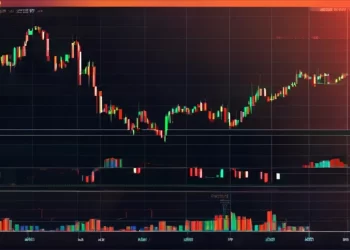Coinbase was added as an extra custodian for VanEck’s HODL Bitcoin ETF on Friday, June 28, marking a significant change to the Bitcoin Trust. The agreement specifies conditions and security measures to protect the ETF issuer’s Bitcoin holdings. Furthermore, this is a significant accomplishment for Coinbase, which was previously looking after eight Spot Bitcoin ETFs, including those from Bitwise, Grayscale, and BlackRock.
Terms Set By VanEck Regarding HODL Bitcoin ETF Reserve Management
Coinbase, the recently appointed custodian, keeps the VanEck Bitcoin Trust mostly in cold storage. This technique improves protection against possible online threats by ensuring that Bitcoin is stored offline. Furthermore, the only time this cold storage criterion still needs to be met is when moving Bitcoin is necessary to allow withdrawals temporarily.
According to the SEC filing, Coinbase will keep separate Bitcoin addresses for VanEck’s BTC in cold storage. These addresses will be distinct from those used by Coinbase’s other clients and verifiable through the Bitcoin network. Furthermore, the goal of this segregation is to offer an extra degree of transparency and security. This guarantees that the blockchain may be used to verify VanEck’s Bitcoin holdings directly.
The agreement further highlights Coinbase’s need to document and mark in its records that the Trust owns the Bitcoin it has. Moreover, without express authorization from the Trust, Coinbase is not allowed to take out, lend, hypothecate, pledge, or encumber Bitcoin owned by the Trust.
VanEck has assessed Coinbase’s policies, practices, and safeguards to ensure the security of the Trust’s Bitcoin. VanEck notes that although these steps are in line with industry norms, they have no influence on Coinbase’s operations or how these protocols are carried out. As a result, there can be no guarantee that the safeguards will be 100% effective in preventing theft, loss, or destruction of the Trust’s assets.
Coinbase has made arrangements for insurance to protect consumer assets against particular occurrences like fraud or theft. ll Coinbase clients share this insurance; however, it does not provide protection against any decline in Bitcoin’s value. Duri the January Bitcoin ETF launch, VanEck had previously selected the Gemini exchange as its principal custodian.
Application for Solana ETF
On June 27, VanEck’s Solana ETF filing garnered media attention. The vestment business filed a Form S-1 with the U.S. Securities and Exchange Commission in an attempt to create a Solana Trust. This rust is supposed to support an exchange-traded fund (ETF) that tracks Solana’s spot price. If the proposal is approved, the Solana ETF will be traded on the Cboe BZX Exchange.
Moreover, VanEck’s chief digital asset researcher, Matthew Sigel, expressed his excitement over introducing the first Solana ETF in the US. Sigel observed that the function of SOL, Solana’s native token, is comparable to that of digital commodities like Ethereum and Bitcoin.
Furthermore, he mentioned, “It is used to pay for computational services and transaction fees on the blockchain.” SOL can be exchanged on digital asset marketplaces or utilized in peer-to-peer transactions, just like ether on the Ethereum network.

























